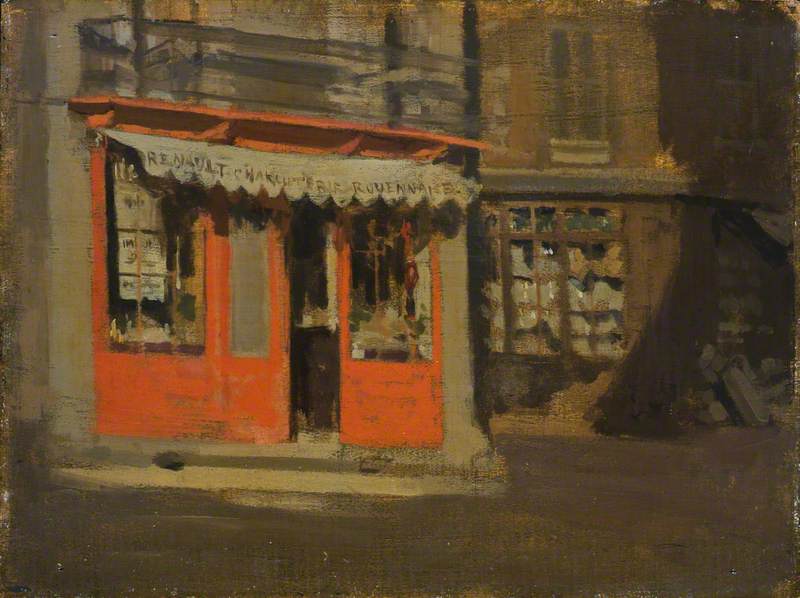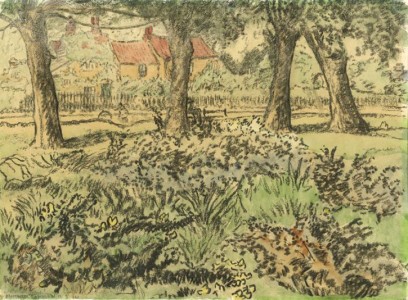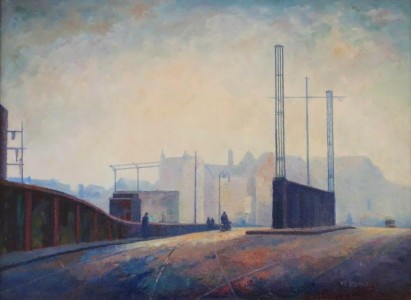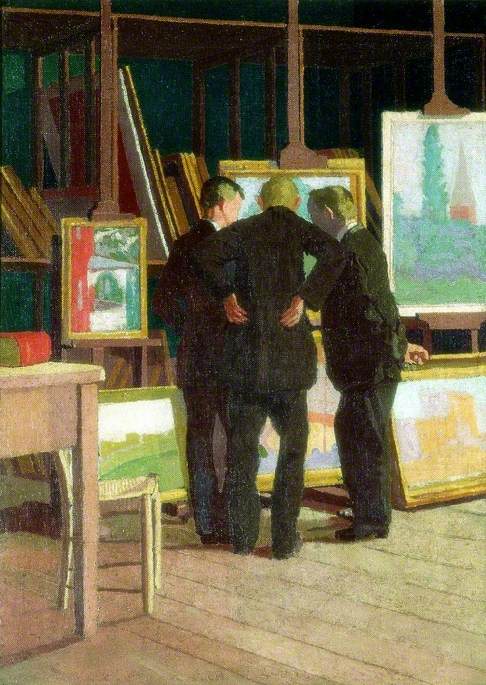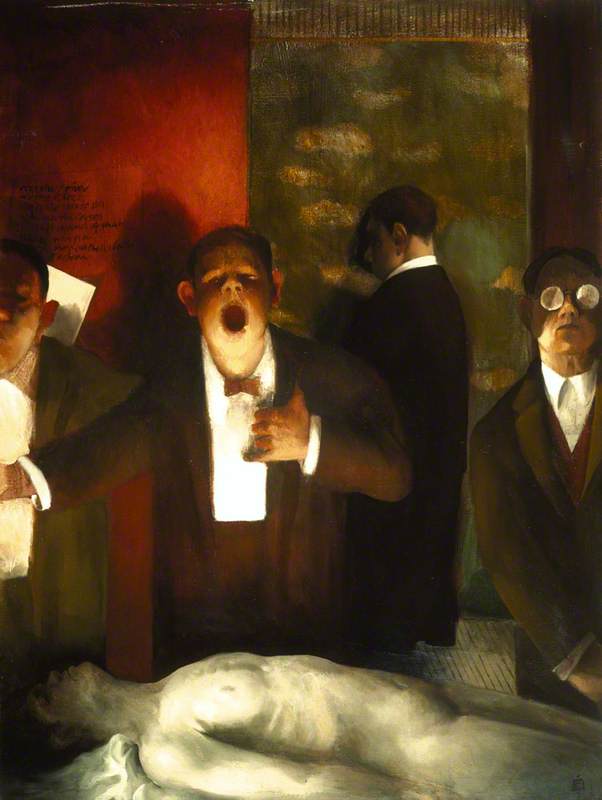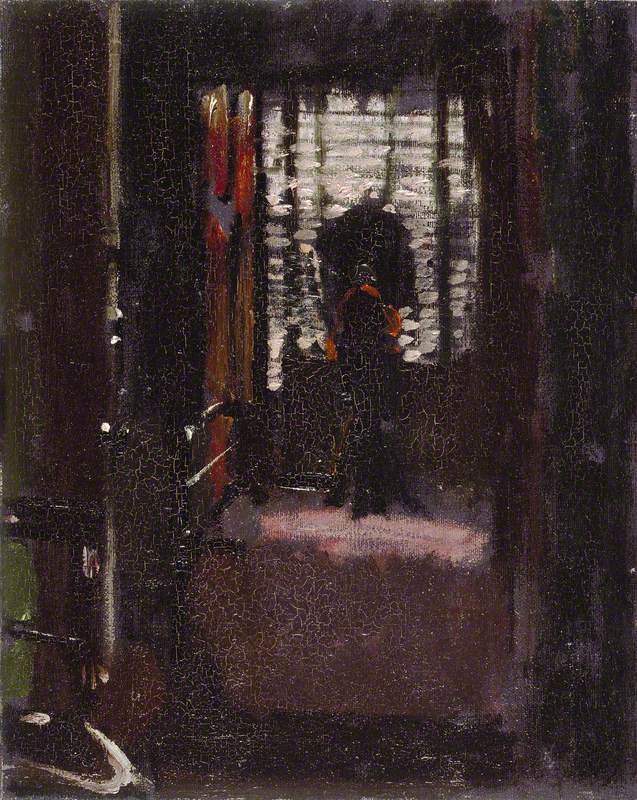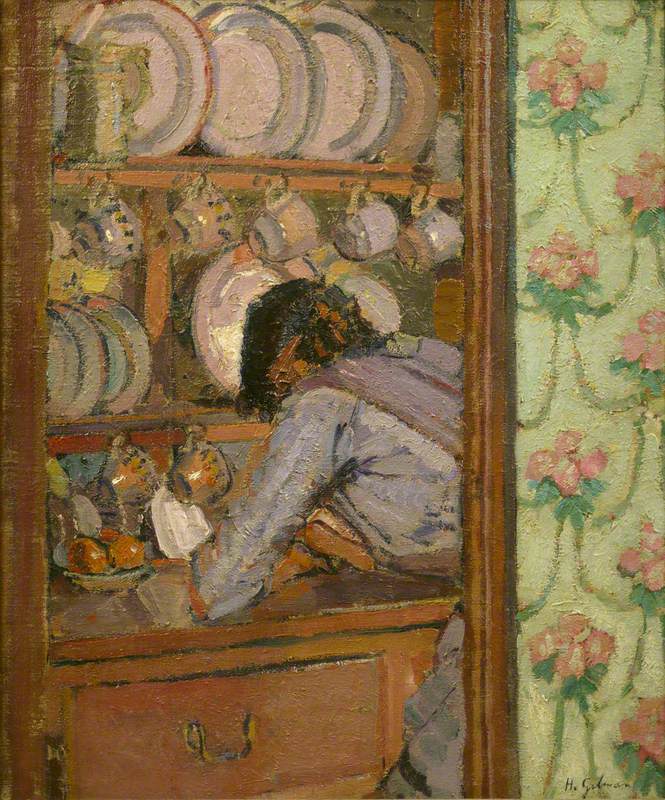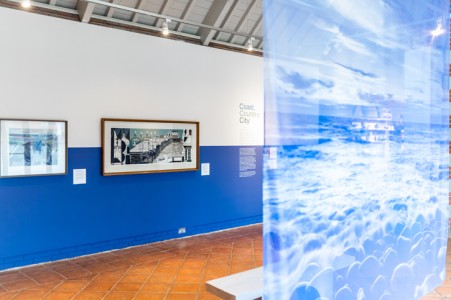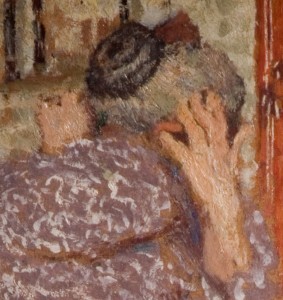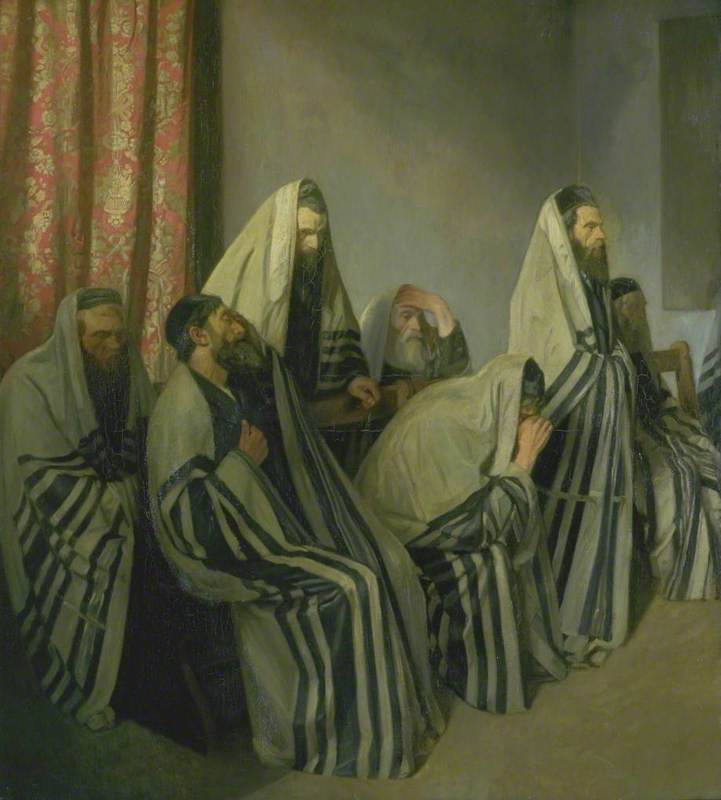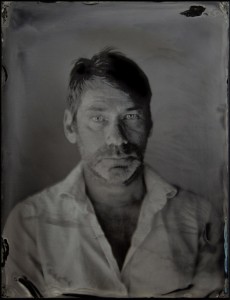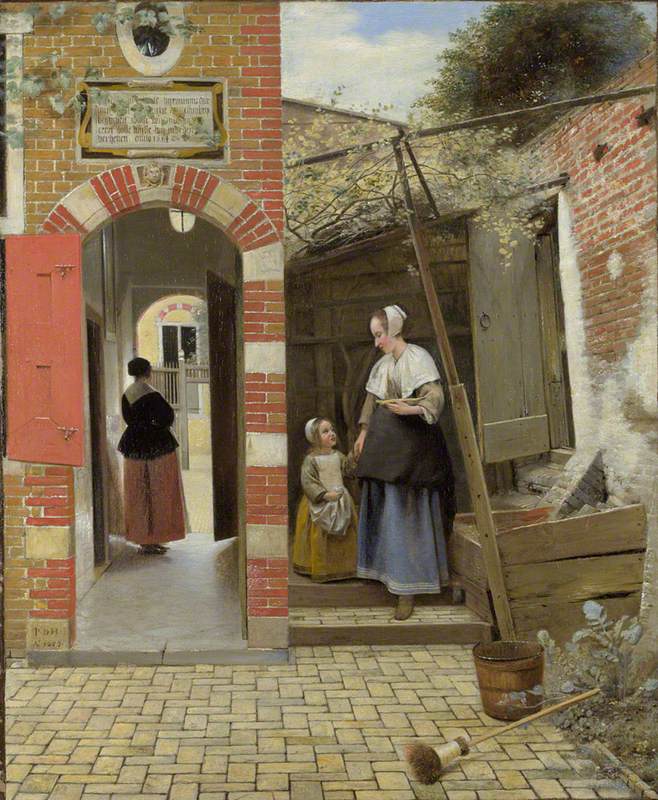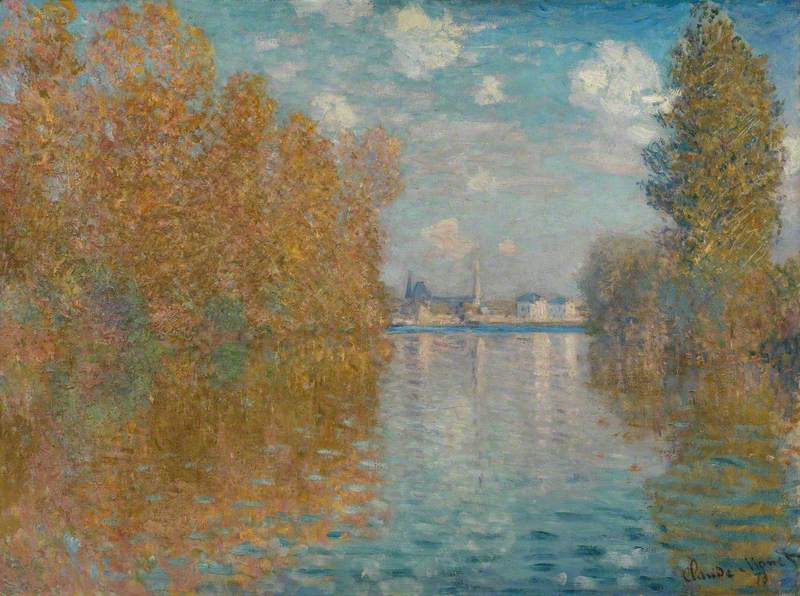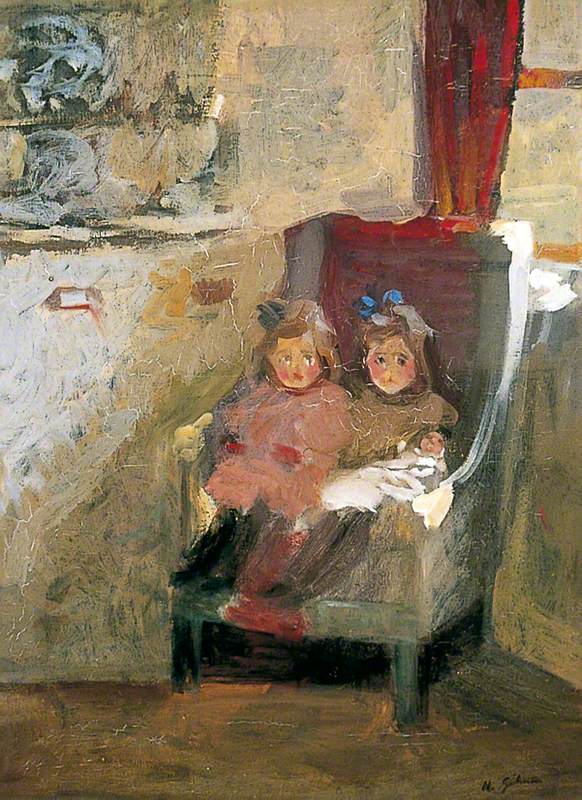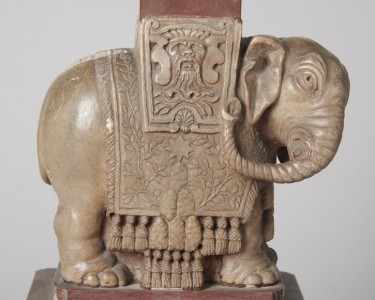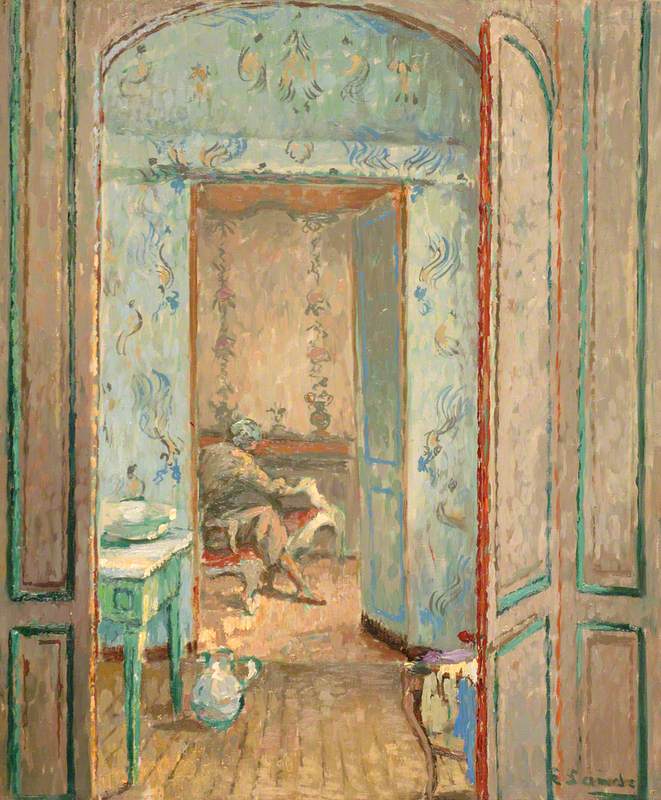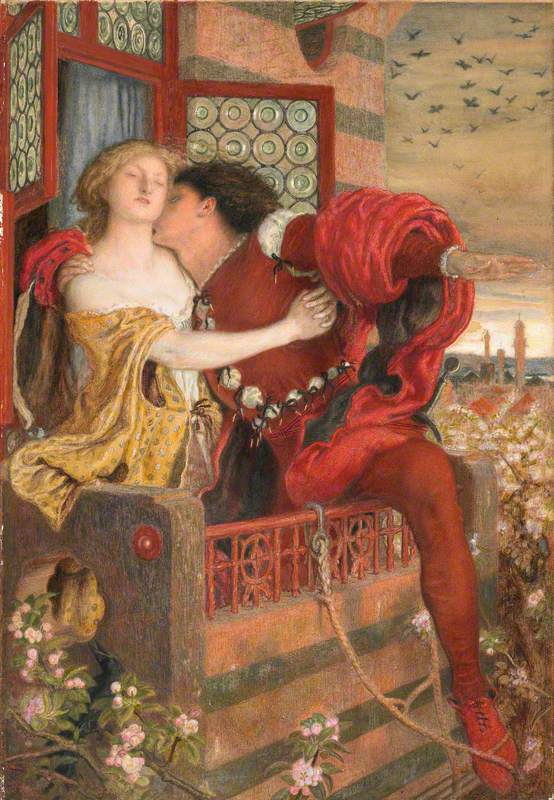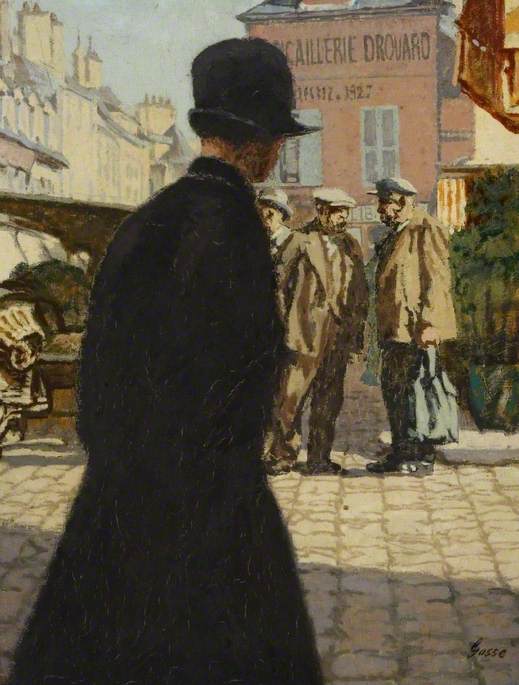The first painting I bought for serious money was by this artist, Walter Sickert, and it was of a shop front in Dieppe.
Sickert was of Danish and German ancestry but he worked for most of his life in England. His paintings are not grand or epic or romantic, they are glimpses of real life, not always at its prettiest or most charming. He painted what he saw around him – streets, churches, theatre performances, flower sellers, prostitutes – and he gave each of his paintings an edge of truth.
He wasn't interested in glamourising the world, but rather he wanted to show life as it was lived. He was born in 1860 and died in 1942. This painting, known as The Red Shop or The October Sun, was most likely painted in 1888, when he went with his family to a seaside resort called Saint-Valery-en-Caux near Dieppe.
My painting was of a hat shop in Dieppe itself and it bore all the hallmarks of Sickert's work: the impression of street life in sometimes murky brown colours, the way the light falls on windows and stone walls. You can't see everything in detail, so he makes you use your imagination and your emotion.
As I look at The Red Shop I feel very much as if I am in the street, brought to a halt by the vivid vermilion of the shop front standing out from the purple-brown and ochre of the walls and surface of the street. This is not a smart neighbourhood. There's a pile of builder's rubbish against the building nearby and the awning above the shop, indicating it's a Charcuterie Rouennaise, is sagging a bit.
It's the brightness of the shop front that startles and delights. It's welcoming; the door is open and beckoning. With his bold contrast of light and shade, Sickert has delivered a remarkably memorable image. The painting I bought of the hat shop had a similarly powerful attraction: I ended up going to Dieppe to search for it. When I see this painting I feel a strong urge to get onto Eurostar, find Saint-Valery-en-Caux and walk the streets in search of The Red Shop.
So many paintings, like the big allegorical Renaissance paintings, or the glittery Andy Warhols or the weirdly shocking Francis Bacons have a powerful impact when I see them, but this is much more friendly and personal and accessible. I was brought up amongst small neighbourhood shops like this. I fear for their continued existence at a time of supermarkets and online shopping. I'm very glad that a painter as clever and skilful as Sickert saw shops as humble as this as a fit subject for an artist.
Michael Palin, actor and writer
